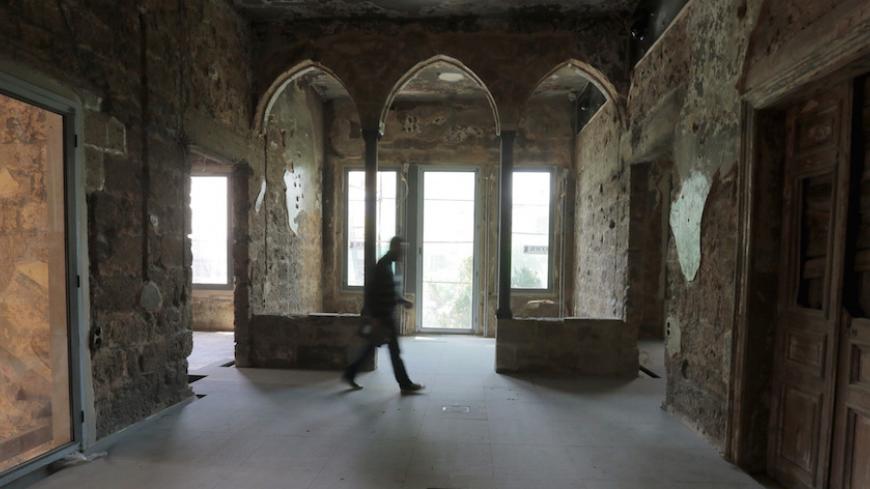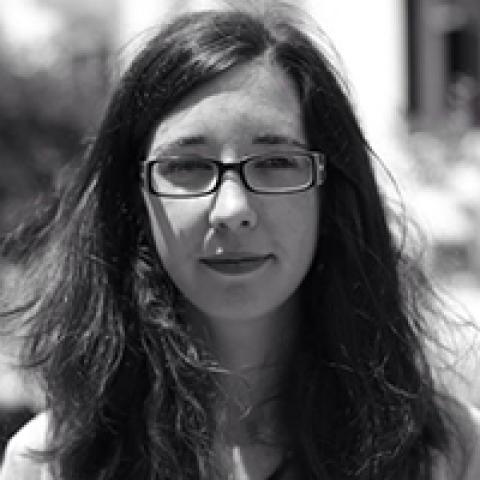Yellow and destroyed, the Barakat house still stands at the Sodeco intersection in Lebanon’s Ashrafieh area. At the end of 2015, 40 years after the start of the Lebanese civil war, the building is going to reopen as a cultural and research center. Beit Beirut ("Beirut House") will be a place of memory and heritage dedicated to the city and its evolution.
A four-story residence built during 1924 and 1936, the yellow house is a standing witness of different architectural styles: Ottoman, French and Art Deco. It also saw the violence of civil war, used strategically by snipers controlling the area when sectarian tensions dominated in Lebanon in 1975. At the end of the war, the Barakat family sold the house to a construction company, and in 1997, activists such as the architect Mona Hallak noticed that construction was happening and managed to stop it. Today, the building is finding a third life through the municipalities of Paris and Beirut and Lebanese civil society, all of which joined forces and shared ideas to preserve this area’s heritage.



